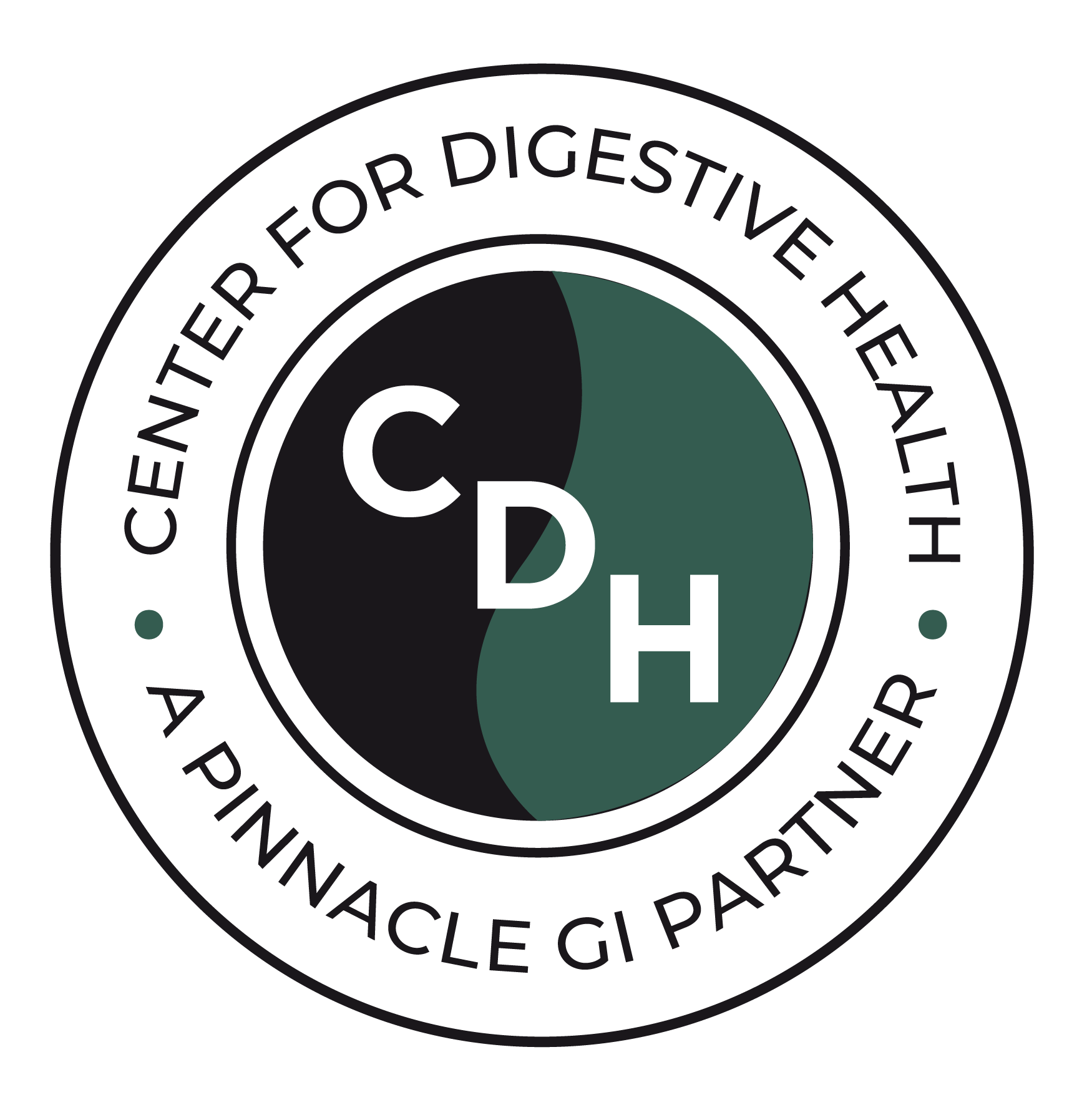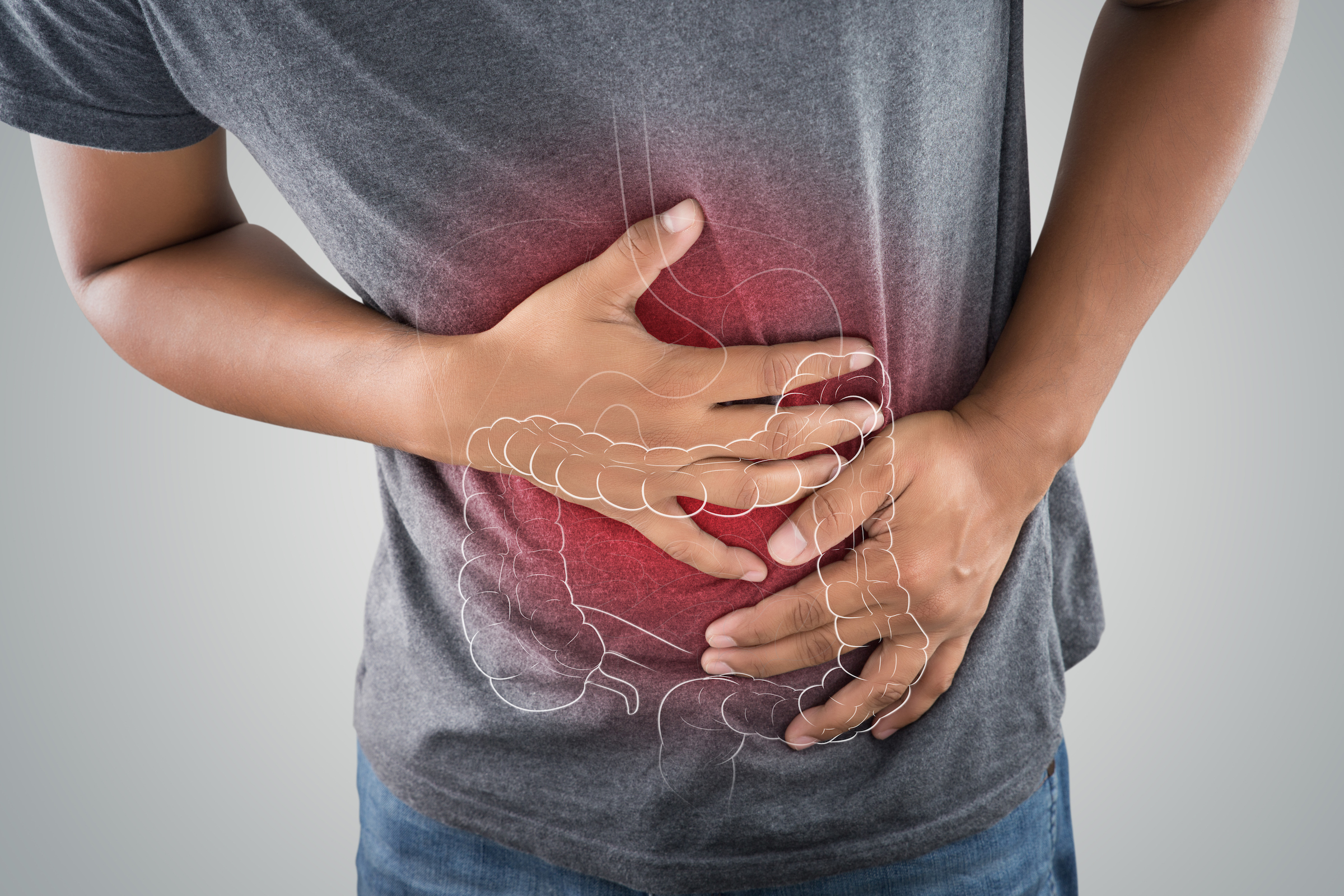With March being Colorectal Cancer Awareness Month, the Center for Digestive Health is providing people with helpful insight regarding colorectal health, including understanding colonoscopies, who should be screened and why, Colorectal Cancer risk and treatment, and more.
When your tooth hurts, you go to the dentist…but you probably also get regular cleanings every six months.
When you can’t get over that cold, you go to your doctor…but you probably also schedule an annual well visit.
You’ve probably been following this health regimen since you were a kid. You don’t even think about it. It just is.
But are you also following any sort of recommended health and wellness regimen when it comes to your colorectal health? For too many Americans, unfortunately, the answer is probably not.
Colorectal Cancer is the third most common cancer among Americans, with more than 150,000 people expected to be diagnosed in 2023, and it is the third leading cause of cancer death among both men and women.
Did you know, however, that with proper screening beginning at age 45, it’s also one of the most curable forms of cancer?
Colorectal Cancer is Highly Curable…But Early Detection is Key
While Colorectal Cancer is indeed one of the most common cancers diagnosed in American adults, the incidence of it has been steadily decreasing for nearly four decades. In fact, between 2014 and 2018, the incidence rate dropped by 2% year over year in adults aged 50 or older, and the death rate shrunk by 2% each year between 2015 and 2019. Take that a step further; the death rate from Colorectal Cancer among Americans has plummeted 56% since 1970.
But why? It’s simple: Increased and more advanced screening.
Awareness continues to increase – 15 million colonoscopies are performed annually! – and the stigma around having a colonoscopy to screen for Colorectal Cancer continues to diminish. Combine that with insurance companies now being required to cover screenings for adults over age 45 (or younger for people at high risk), and the survivability of a Colorectal Cancer diagnosis also continues to climb.
Here are two of the most important stats you need not only to know but embrace when it comes to Colorectal Cancer:
- Early detection due to screening reduces the incidence of Colorectal Cancer by 89%
- Early detection and treatment of Colorectal Cancer carries a 91% survivability rate
Currently, there are more than 1.5 million Colorectal Cancer survivors in the U.S. While this incredible success in combating and curing the disease can be certainly be attributed in part to advancements in screening technology and philosophy, and curative technologies and pharmaceuticals, early detection and treatment remain the critical cornerstones to survivability.
Get screened at 45, and I’m good, right?
Well…not exactly.
Among men and women aged 30 to 39, Colorectal Cancer is the fourth most commonly diagnosed cancer in the U.S.
Having an open, honest, and thorough discussion with your general practitioner about your health history and your family is essential. In addition, identifying and addressing potential risk factors is crucial to preventing an incidence of Colorectal Cancer.
There are a number of data points and other risk factors that influence the detection, treatment, and survivability of Colorectal Cancer. We’ll dive deeper into these in our next Colorectal Cancer Awareness Month blog, so check back next week!
Get Screened for Colorectal Cancer Today
If you are over 45, haven’t been screened for ten years or more, or have any high-risk factors in your personal or family health history, we recommend you get screened for Colorectal Cancer right away. The first step is scheduling your colonoscopy with one of our gastroenterologists at the Center for Digestive Health.


